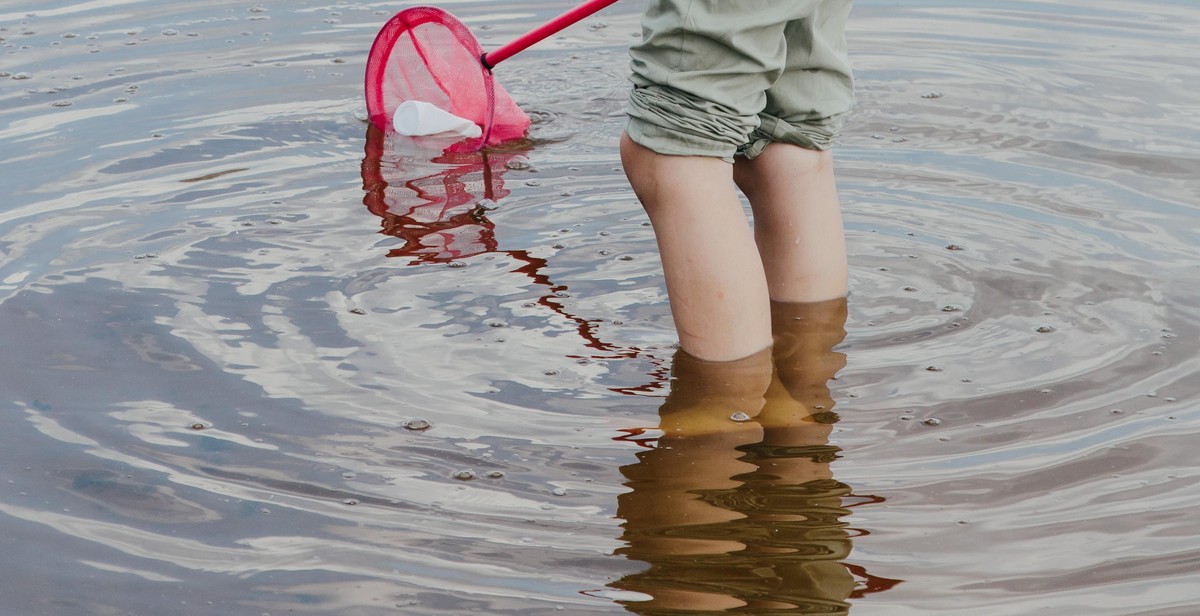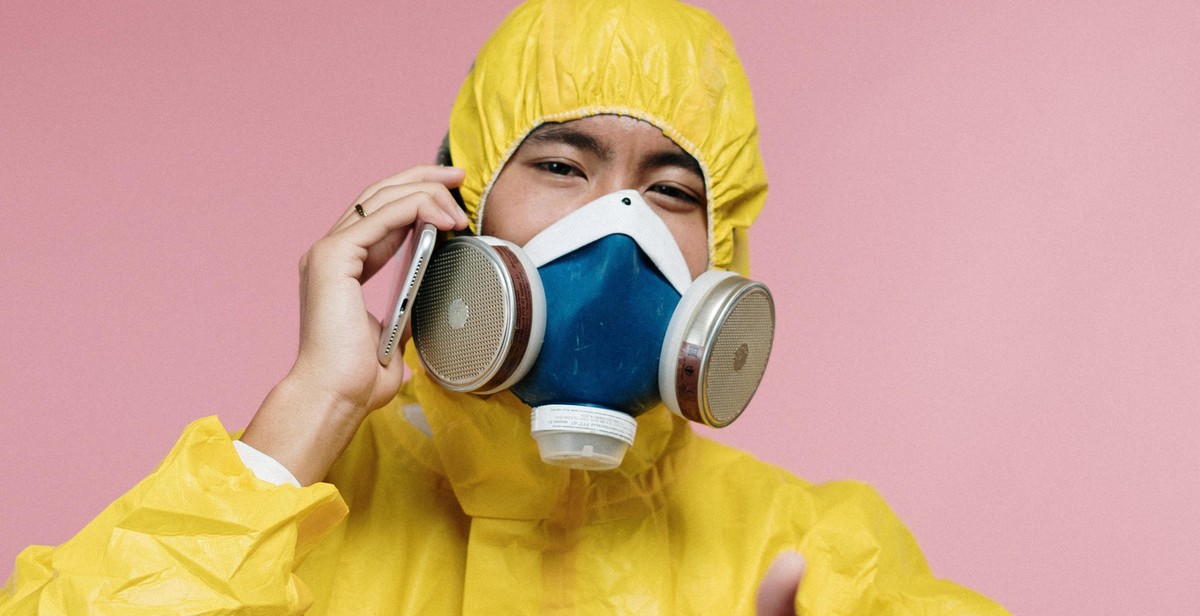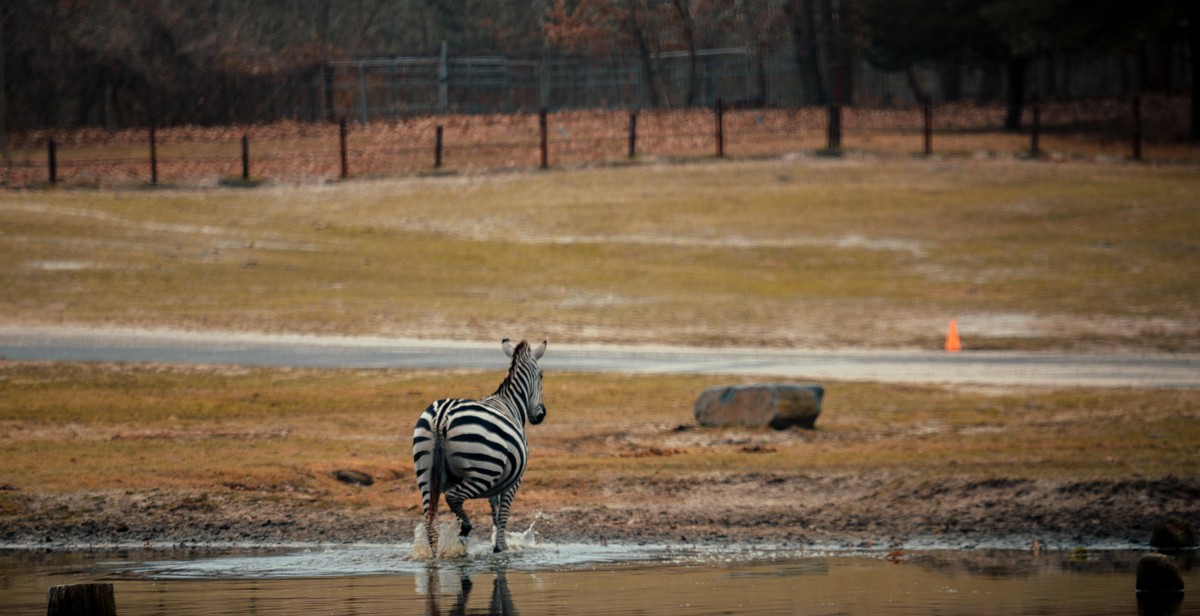How to Protect Lake Water Quality: Best Practices for Pollution Prevention
Lakes are an essential natural resource that provides numerous benefits to humans and the environment. They are a source of freshwater, provide habitats for aquatic animals, and support recreational activities such as swimming, boating, and fishing. However, lake water quality is under threat due to pollution caused by human activities.
Water pollution can have severe consequences on lake ecosystems, including the death of fish and other aquatic life, the proliferation of harmful algae blooms, and the degradation of water quality. Therefore, it is essential to protect lake water quality through pollution prevention measures.
Why is Lake Water Quality Important?
Lake water quality is essential for maintaining healthy aquatic ecosystems and supporting human activities. Here are some reasons why lake water quality is important:
- Drinking water: Many communities rely on lakes as a source of drinking water.
- Aquatic life: Lakes provide habitats for fish, amphibians, and other aquatic organisms.
- Recreation: Lakes support recreational activities such as swimming, boating, and fishing.
- Tourism: Many lakes are popular tourist destinations, contributing to local economies.
Given the importance of lake water quality, it is crucial to take steps to prevent pollution and protect these valuable resources. In the following sections, we will explore some best practices for protecting lake water quality through pollution prevention measures.

Identifying Pollution Sources
Protecting the water quality of lakes is a crucial task that requires identifying the sources of pollution. Pollution sources can be classified into two main categories: point sources and non-point sources.
Types of Pollution Sources
Point Sources
Point sources are specific locations where pollutants enter the lake. These sources are usually easy to identify because they have a well-defined discharge point. Examples of point sources include wastewater treatment plants, industrial facilities, and stormwater outfalls.
Non-Point Sources
Non-point sources are diffuse and scattered, making them difficult to identify and manage. These sources are often the result of human activities such as agriculture, urbanization, and transportation. Non-point sources include runoff from agricultural lands, parking lots, and roads.
Common Pollutants Found in Lakes
Once the pollution sources have been identified, it is essential to know the types of pollutants that are commonly found in lakes. The following are some of the most common pollutants found in lakes:
- Nutrients – Nutrients such as nitrogen and phosphorus are essential for the growth of aquatic plants and algae. However, excessive amounts of these nutrients can lead to eutrophication, which is the excessive growth of algae and other aquatic plants. This can result in oxygen depletion and the death of fish and other aquatic life.
- Sediments – Soil erosion from construction sites, agricultural lands, and other activities can lead to sedimentation in lakes. Excessive sedimentation can reduce water clarity, disrupt aquatic habitats, and affect the health of fish and other aquatic life.
- Pathogens – Pathogens such as bacteria, viruses, and parasites can enter lakes through sewage overflows, failing septic systems, and animal waste. These pathogens can cause illnesses such as gastroenteritis and skin infections in humans and animals.
- Toxic Substances – Toxic substances such as heavy metals, pesticides, and industrial chemicals can enter lakes through industrial discharges, stormwater runoff, and groundwater seepage. These substances can accumulate in the tissues of fish and other aquatic life, leading to health problems and even death.
- Trash and Debris – Trash and debris such as plastic bags, bottles, and fishing gear can enter lakes from stormwater runoff and littering. These items can harm aquatic life by entangling and suffocating them.
By identifying the pollution sources and common pollutants in lakes, it is possible to develop effective pollution prevention strategies and protect the water quality of lakes for future generations.

Best Practices for Pollution Prevention
Pollution is a major threat to the quality of lake water. It can come from many sources, including runoff from agricultural and urban areas, septic systems, hazardous waste, and the use of non-eco-friendly products. Therefore, it is important to take measures to prevent pollution and protect lake water quality. Here are some best practices for pollution prevention:
Reduce Runoff Pollution
Runoff pollution is caused by rainwater or snowmelt that runs off the land and carries pollutants such as sediment, nutrients, and chemicals into the lake. To reduce runoff pollution, you can:
- Plant native vegetation along the shoreline to absorb excess nutrients and filter runoff.
- Install a rain garden or a bioswale to capture and filter runoff.
- Direct downspouts away from impervious surfaces and towards vegetated areas.
- Use permeable pavement to allow water to infiltrate into the ground.
Maintain Your Septic System
Septic systems are a common source of nutrient and bacteria pollution in lakes. To prevent septic system pollution, you should:
- Pump your septic tank every 3-5 years.
- Inspect your septic system regularly and repair any leaks or cracks.
- Avoid flushing non-biodegradable items such as wipes, diapers, and feminine hygiene products down the toilet.
- Avoid pouring grease, oil, and chemicals down the drain.
Dispose of Hazardous Waste Properly
Hazardous waste such as chemicals, batteries, and electronics can contaminate lake water if not disposed of properly. To dispose of hazardous waste safely, you can:
- Take hazardous waste to a designated collection site or event.
- Do not dispose of hazardous waste in the trash or down the drain.
- Store hazardous waste in a secure and dry location until it can be properly disposed of.
Use Eco-Friendly Products
Many household and personal care products contain chemicals that can harm lake water quality. To use eco-friendly products, you can:
- Choose products that are labeled as biodegradable, phosphate-free, and chlorine-free.
- Use natural cleaning products such as vinegar, baking soda, and lemon juice.
- Use non-toxic pest control methods such as traps and barriers.
Support Conservation Efforts
Conservation efforts such as land conservation, wetland restoration, and stormwater management can help protect lake water quality. To support conservation efforts, you can:
- Volunteer for local conservation organizations.
- Advocate for conservation policies and funding.
- Participate in lake cleanup events.
| Best Practices for Pollution Prevention |
|---|
| Reduce Runoff Pollution |
| Maintain Your Septic System |
| Dispose of Hazardous Waste Properly |
| Use Eco-Friendly Products |
| Support Conservation Efforts |

Conclusion
Protecting lake water quality is crucial for the environment and the well-being of humans and animals. The best practices for pollution prevention include reducing fertilizer and pesticide use, properly disposing of hazardous waste, maintaining septic systems, and preventing erosion.
Creating awareness about the importance of protecting lake water quality is essential. Communities, policymakers, and individuals can work together to implement these best practices and ensure the future health of our lakes.
It is important to understand that protecting lake water quality is not a one-time effort but rather a continuous process. Regular monitoring and testing of the water quality can help identify potential issues early and allow for timely action to be taken.
By implementing these best practices and working together, we can ensure that our lakes remain healthy and vibrant for generations to come.
| Practice | Description |
|---|---|
| Reduce fertilizer and pesticide use | Use only what is necessary and follow label instructions |
| Properly dispose of hazardous waste | Do not pour down drains or into waterways |
| Maintain septic systems | Pump regularly and do not flush non-biodegradable items |
| Prevent erosion | Plant vegetation, install erosion control measures |
